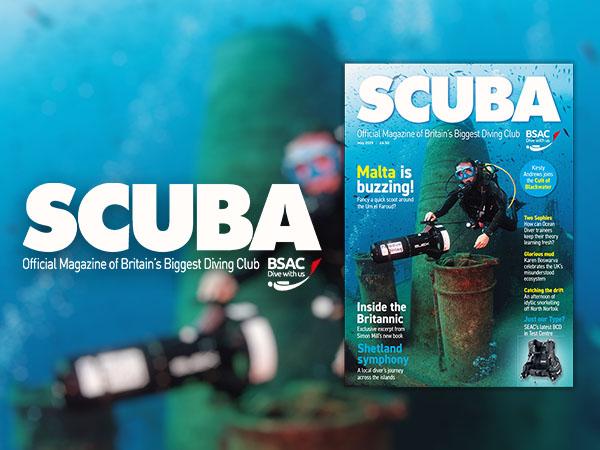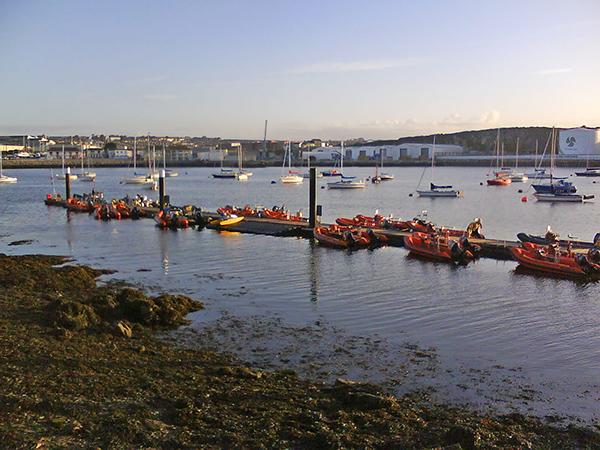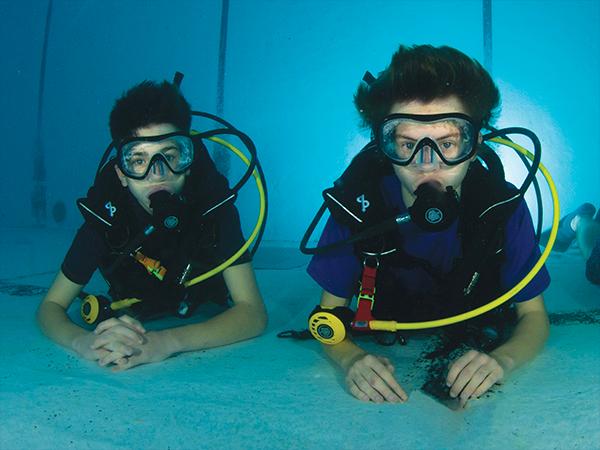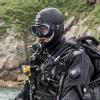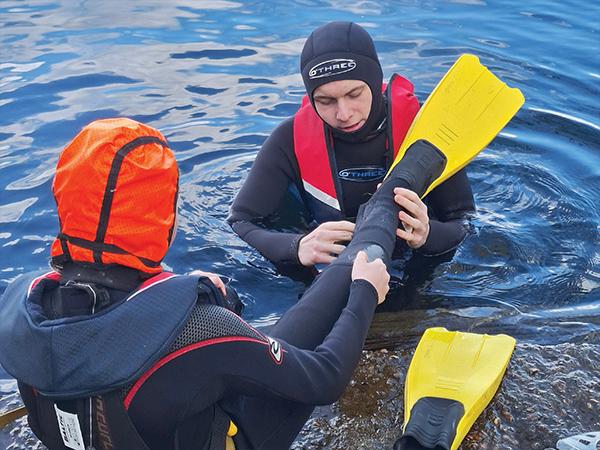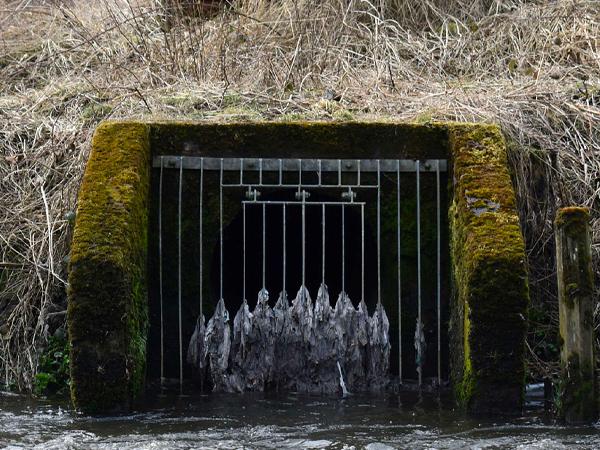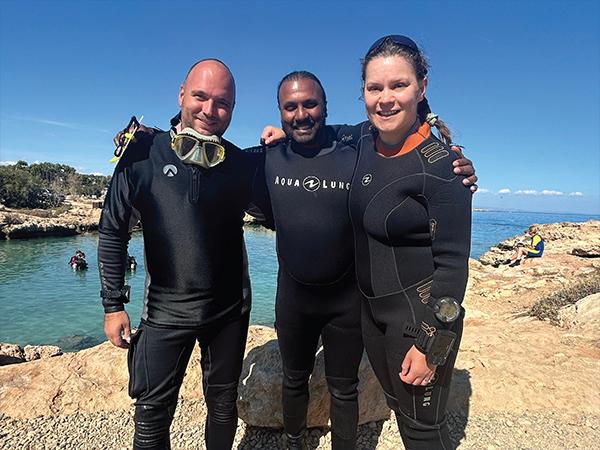On 1 July 2002, some new regulations came into force, which directly affects you as a pleasure boat user.
These regulations are part of Chapter V of the International Convention for the Safety of Life at Sea, otherwise known as SOLAS V. Most of the SOLAS convention only applies to large commercial ships, but parts of Chapter V apply to small, privately owned pleasure craft. The regulations described apply to all club/member-owned boats. If you are involved in a boating accident and it is subsequently shown that you have not applied the basic principles outlined below, you could be prosecuted.
The following is an extract from an MCA leaflet, which outlines the areas that need to be taken into account every time your vessel goes to sea.
Voyage Planning
Regulation V/34 'Safe navigation and avoidance of dangerous situations', is a new regulation. It concerns prior planning for your boating trip, more commonly known as voyage or passage planning. Voyage planning is basically common sense. As a pleasure boat user, you should particularly take into account the following points when planning a boating trip:
Weather
Before you go boating, check the weather forecast and get regular updates if you are planning to be out for any length of time.
Tides
Check the tidal predictions for your trip and ensure that they fit with what you are planning to do.
Limitations of the vessel
Consider whether your boat is up to the proposed trip and that you have sufficient safety equipment and stores with you.
Crew
Take into account the experience and physical ability of your crew. Crews suffering from cold, tiredness and seasickness won't be able to do their job properly and could even result in an overburdened skipper.
Navigational dangers
Make sure you are familiar with any navigational dangers you may encounter during your boating trip. This generally means checking an up to date chart and a current pilot book or almanac.
Contingency plan
Always have a contingency plan should anything go wrong. Before you go, consider bolt holes and places where you can take refuge should conditions deteriorate or if you suffer an incident or injury. Bear in mind that your GPS set is vulnerable and could fail at the most inconvenient time. It's sensible and good practice to make sure you are not over-reliant on your GPS set and that you can navigate yourself to safety without it should it fail you.
Information ashore
Make sure that someone ashore knows your plans and knows what to do should they become concerned for your well-being. The Coastguard Voluntary Safety Identification Scheme (commonly known as CG66) was replaced with the adoption of RYA SafeTrx. The scheme aims to help the Coastguard to help you quickly should you get into trouble while boating. It could save your life.
Radar reflectors
Many large ships rely on radar for navigation and for spotting other vessels in their vicinity. So, whatever size your boat is, it's important to make sure that you can be seen by radar. Regulation V/19 requires all small craft to fit a radar reflector 'if practicable'. If your boat is more than 15m in length, you should be able to fit a radar reflector that meets the IMO requirements of 10m2. If your boat is less than 15m in length, you should fit the largest radar reflector you can. Whatever size your boat is, the radar reflector should be fitted according to the manufacturer's instructions and as high as possible to maximise its effectiveness.
Life-saving signals
Regulation V/29 requires you to have access to an illustrated table of the recognised lifesaving signals so that you can communicate with the search and rescue services or other boats if you get into trouble. You can get a free copy of this table in a leaflet produced by the MCA. You can also find it in various nautical publications. If your boat is not suitable for carrying a copy of the table on board (because it's small or very exposed), make sure you've studied the table before you go boating. Larger boats should keep a copy onboard.
Assistance to other Craft
Regulations V/31, V/32 and V/33 require you:
- to let the Coastguard and any other vessels in the vicinity know if you encounter anything that could cause a serious hazard to navigation if it has not already been reported. You can do this by calling the Coastguard on VHF, if you have it on board, or by telephoning them at the earliest opportunity. The Coastguard will then warn other vessels in the area.
- to respond to any distress signal that you see or hear and help anyone or any boat in distress as best you can
Misuse of distress signals
Regulation V/35 prohibits misuse of any distress signals. These are critical to safety at sea and by misusing them you could put your or someone else's life at risk.

